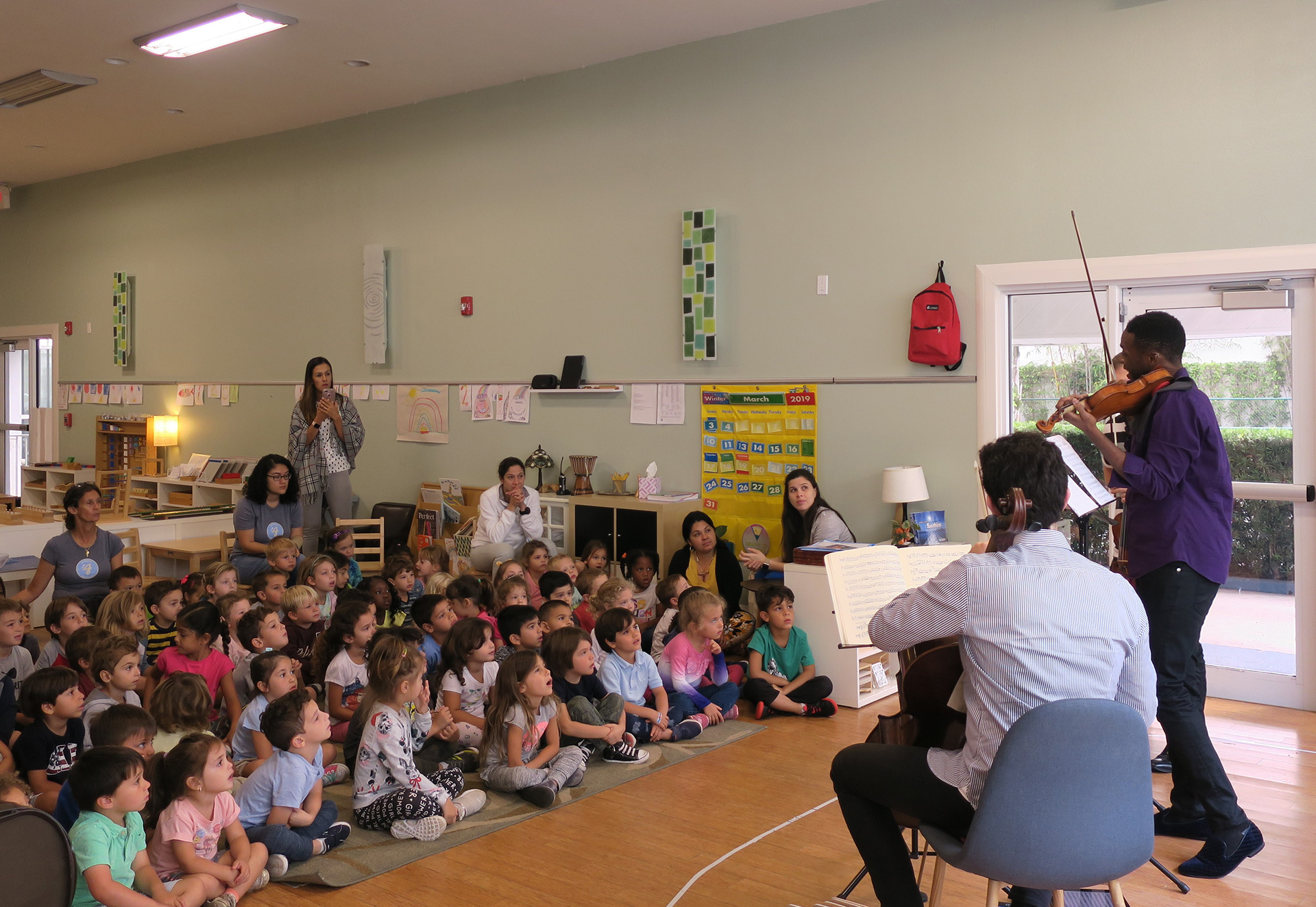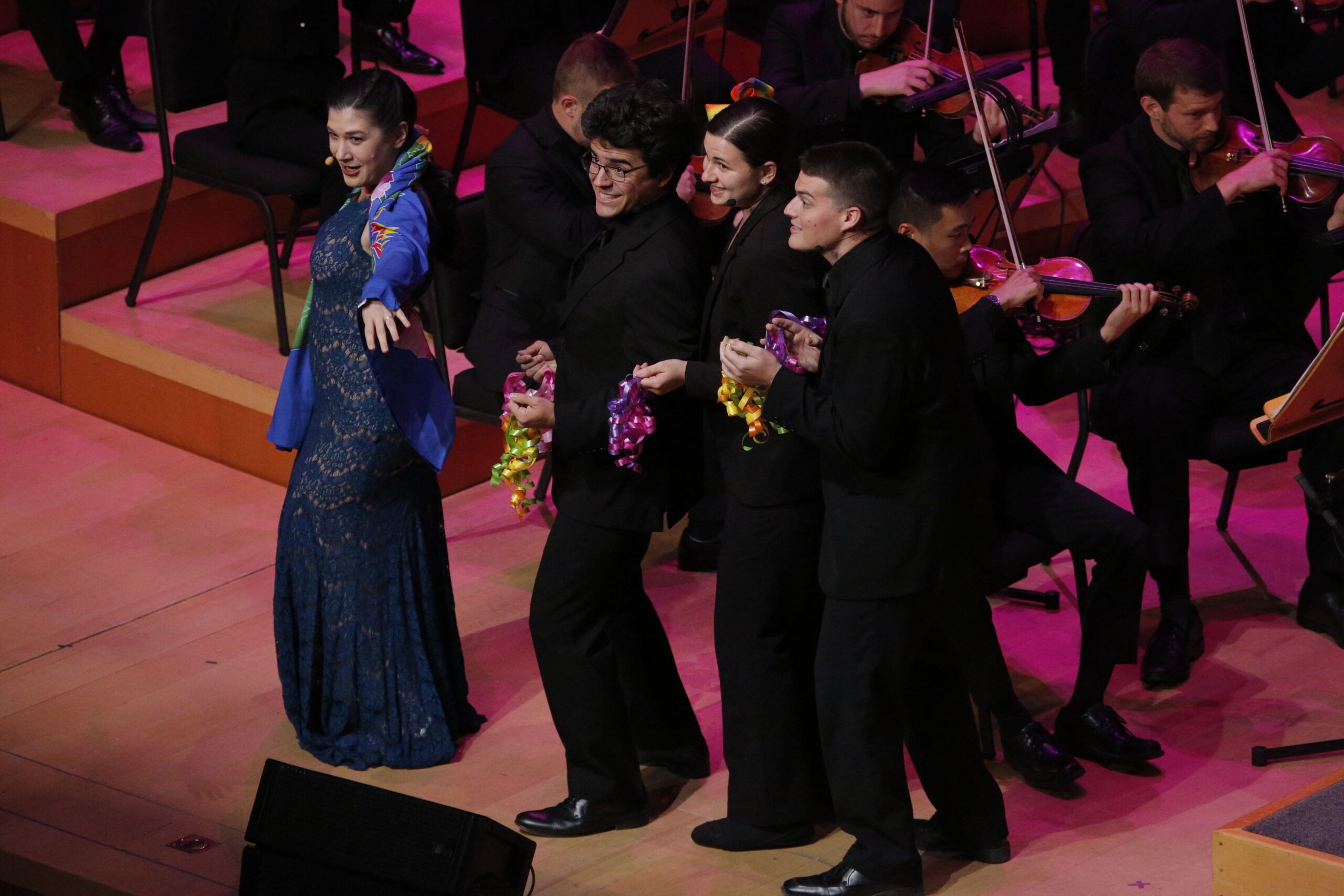Dance Connections

Goals
Audience will learn about the connections a piece has to a dance form.
Overview
Share connections between dance and music.
Process
- Identify a piece on your program that is based off of or written for a specific form of dance.
- Tell your audience about this dance form, and how the music relates to it.
- Optional: For higher interactivity and connection, have the audience try moving to the dance, whether it’s small motions from their seats at their will, guided movements along with the performers or a presenter, or getting up out of their seats and getting instruction on a dance.
Audience Type

What does this activity look like in action?
Example Script:
Piece: Florence Price – Mvt. III (Juba Dance) from Symphony No. 1 in E minor
Performer: The use of dance as an inspiration for musical form is found throughout classical music, whether it be the sarabande, bourrées, or another dance. In our next piece, Florence Price’s Symphony No. 1, she uses the inspiration of the third movement’s traditional scherzo qualities – dancelike, energetic, and often in triple meter, to compose a movement inspired by the juba dance.
The Juba dance is an African-American style of dance that uses stomping and body percussion, and originally came from Kongo slaves to Charleston, South Carolina. Stomping and body percussion were used because drums were not allowed due to the slaver’s fear of hidden signals being passed in the drumming patterns.
Let’s learn some of these body percussion patterns:

Modifications
- For higher levels of interactivity, have the audience get out of their seats and learn basic dance steps.
Notes
- This activity can be turned into a full concert, with each program a different kind of dance for the audience to learn about, and its connections to music.
- Pair this concert or activity with a professional dancer to demonstrate the dance and/or help lead the audience in learning a dance.
Create interactive performances. We have activities to help you connect with your audiences.


